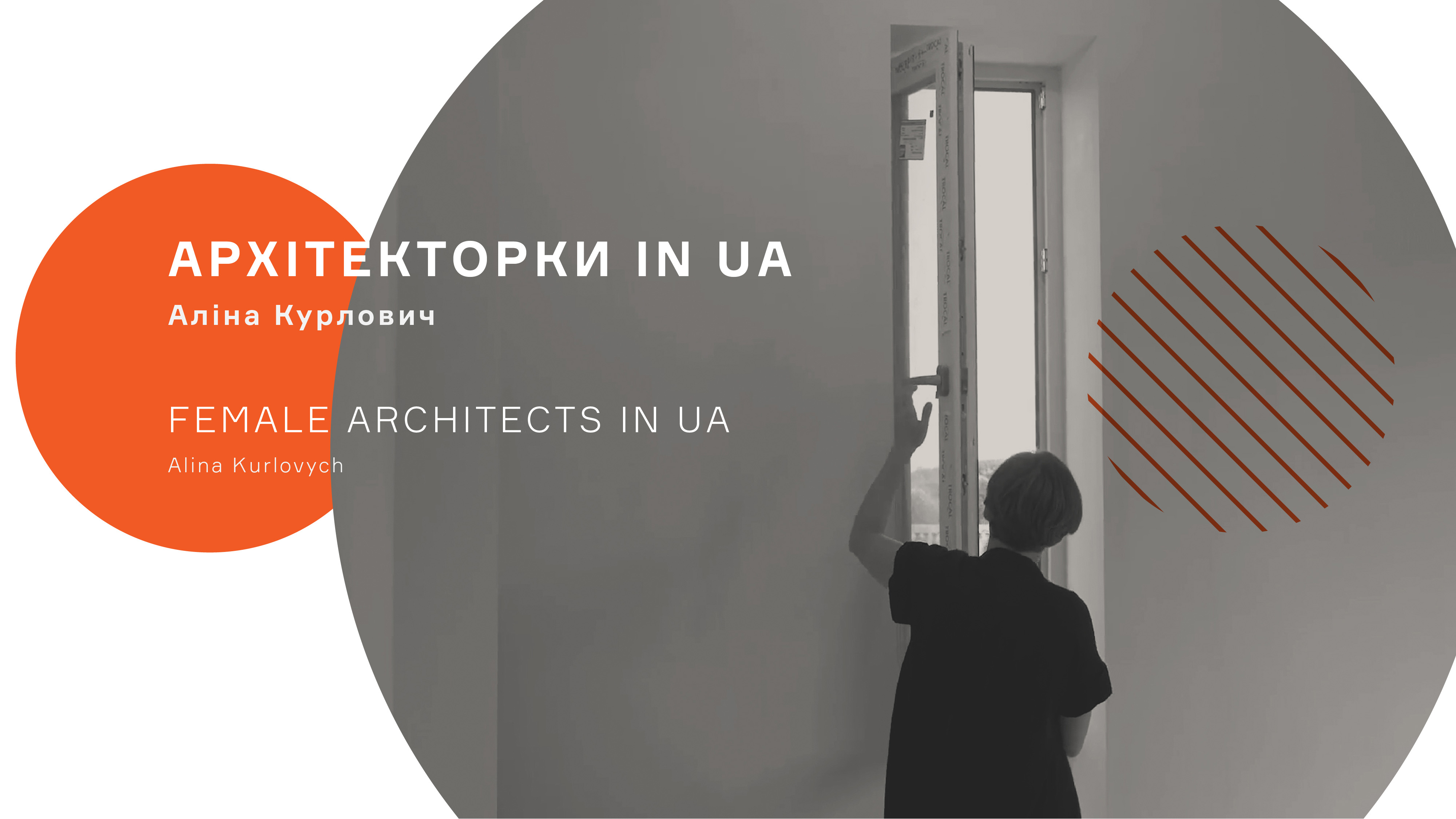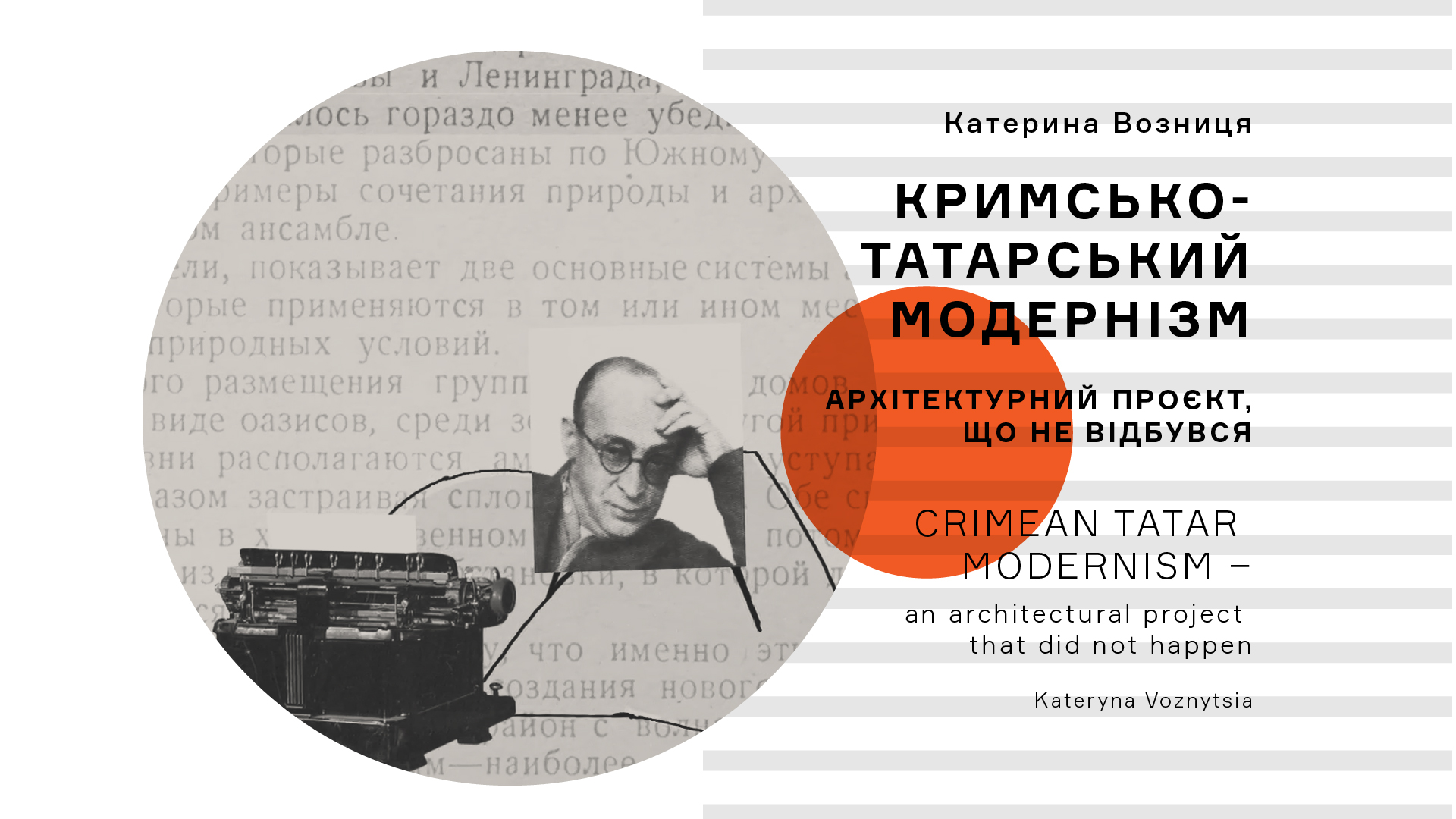How do you like it here? Yes, it is a field indeed – a large agricultural field. With only one difference – this field lies in the middle of the city. Not in the very center, of course. In fact, it is a half-an-hour walk from here to the city centre. But it is not in the outskirts either, although there is a forest nearby. Truth be told, this forest is an arboretum, and there is a low-rise housing estate lying behind it which goes on and on almost until the horizon.
It is not a mere field. Actually, it is a landscape park which wasn’t created on purpose but which represents the essence of the city like nothing else. These are hectares of open land and soil that gives us food and makes us feel so attached, sometimes even too attached, so that we can’t but feel suffocated. Anyway, right here, in the middle of this field, you feel freedom – unrestricted freedom. You can do whatever you want – walk along the oak- and acacia-tree alleys to the picturesque ravine or the arboretum, smell the steppe grass and watch a local train moving slowly in the distance, sit under the ancient lonely pear-tree waiting for the sun to set, or the other way round, watch the moon rise over the baroque Holy Cross Monastery on the other side. The whole city is around you, but you don’t feel that. You look at it with detachment, as if it were a large painting that strikes you with its story, but doesn’t drag you inside. The city is a background for the field where you get dissolved completely.
Almost a century and a half ago this place was a so-called “Experimental field” where they used to breed new crops and experiment with chemicals that protected crops from insect pests. Old Cossack farmsteads gave way to eclectic and art-nouveau buildings, and starting from the 1920s the premises of the Experimental station built in the style of Ukrainian art nouveau appeared here, while the estates that used to belong to former landlords turned into experimental parts of the field. A botanical garden with rare trees was organized on the territory of the station. And near the western border of the field a distinctive St. George chapel built in the style of Ukrainian art nouveau was erected in 1914. It is a real miracle that it has survived until today, although it is now surrounded by high-rise residential houses. The station is still functioning today, having left an important contribution in the history of agricultural science. Unfortunately, its current state is rather poor. A large piece of spare land in the middle of the city is a coveted prize for developers. It is an open question if we can preserve this landscape in future.
When I come here in the morning, I can see people who live at the station. In the morning they leave home for work – by bicycle or by bus. Dog owners walk their pets along the street and dirt roads, and the dwellers of the nearby housing estate go jogging alone or in pairs. During the day, elderly people work in their small vegetable gardens scattered around the field. In the evening, people come here by cars to have a walk in the arboretum. Sometimes, the place under the lonely pear-tree becomes a venue for various trendy events that gather musicians, artists, photographers, and yoga practitioners. You are free to come here at any time, with any company – there is enough space for everybody on the field. It has become an enormous park, almost without trees, but with footpaths, spontaneous flower beds, and even with creative installations (the main installation among them is the meteorological station with its measuring instruments).
Time perception is almost non-existent here. As Anna Yutcheko, a poetess, once told me, “time flows slowly here, like honey that trickles from a spoon”. Limitless sky (especially the star-studded sky at night) makes this sensation even stronger. A peculiar feeling of this place is accurately reflected in the incorrect translation of the name of one of the local streets. In Ukrainian it sounds like “Opytna” (which is a literal translation from Russian, i.e. Experience) instead of “Doslidna” (which is a better equivalent for Experiment or Research). This paradox can be transferred to the field itself, calling it “Experience Field”. In fact, this is a place where everybody can get their own experience of observing the unlimited space surrounded by a limited city.

































